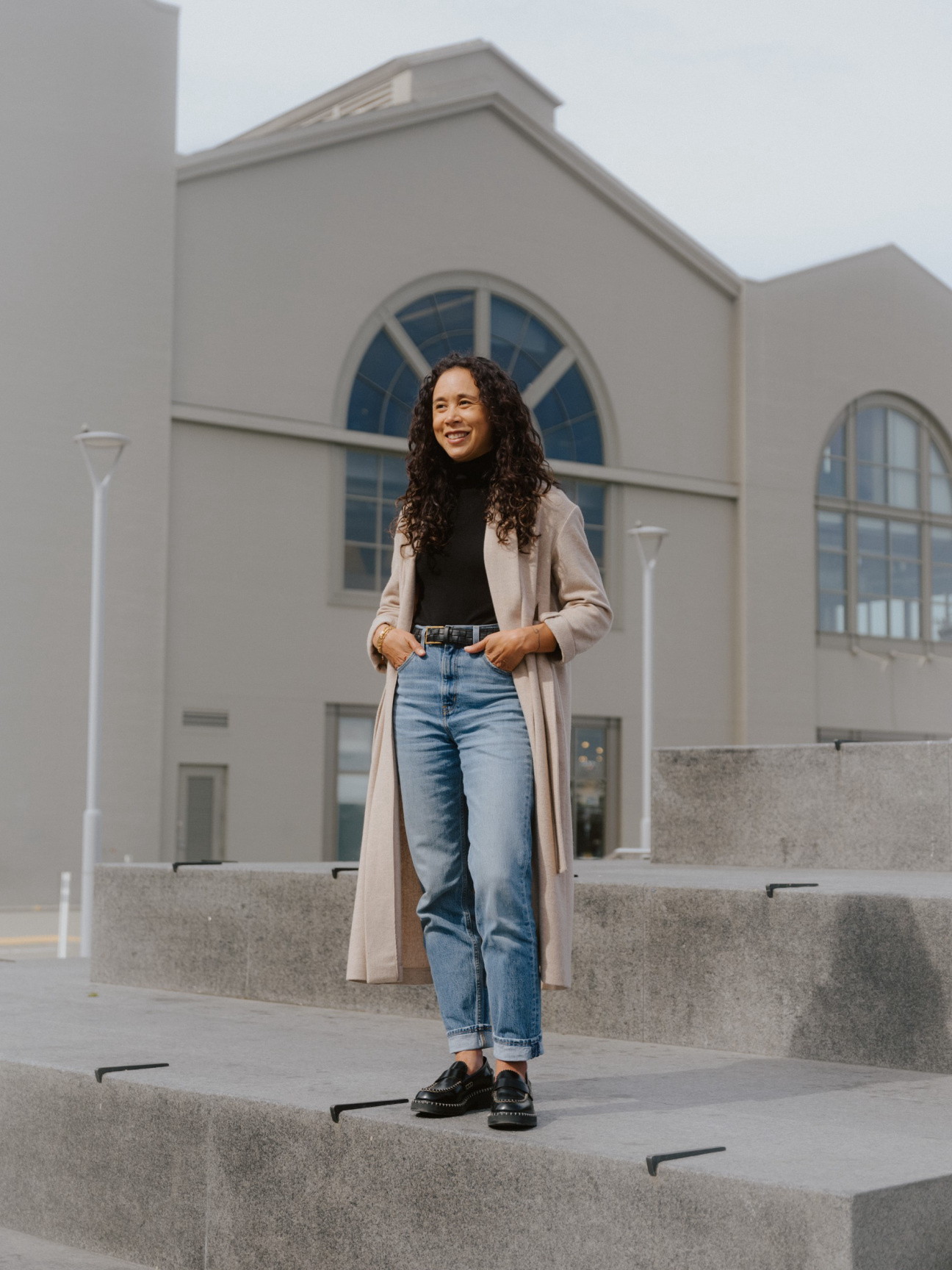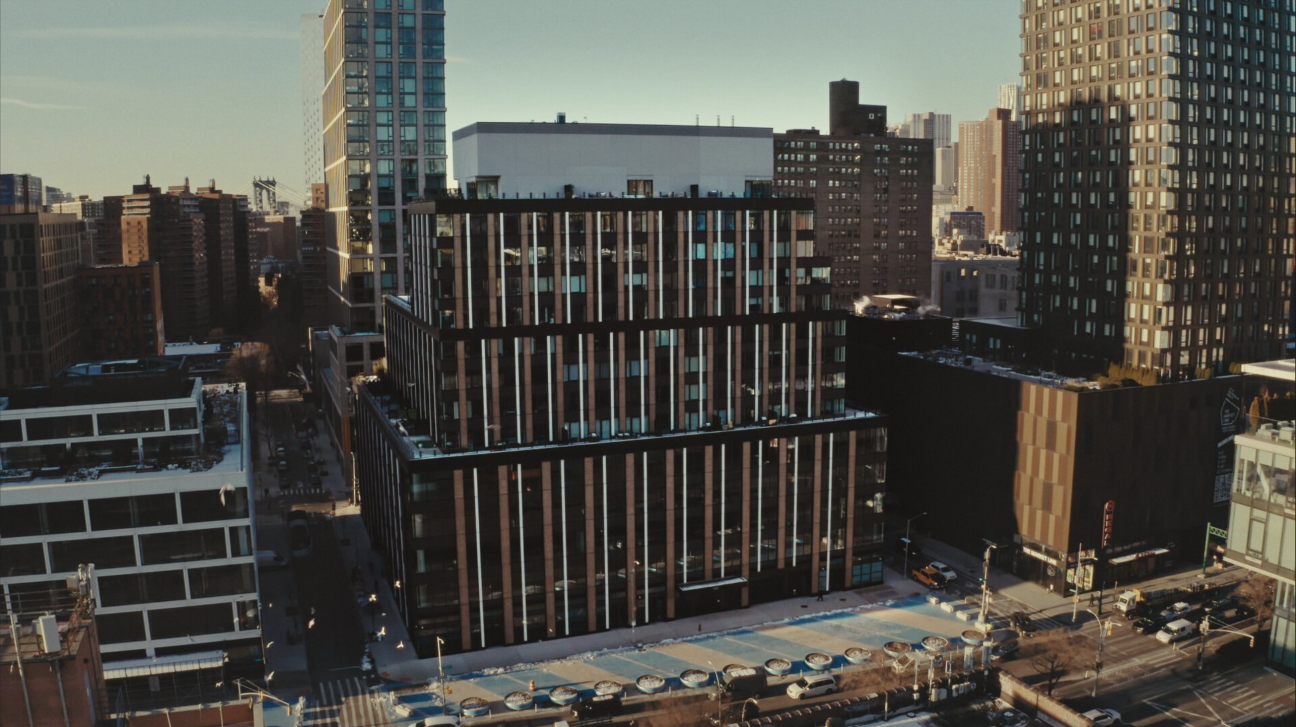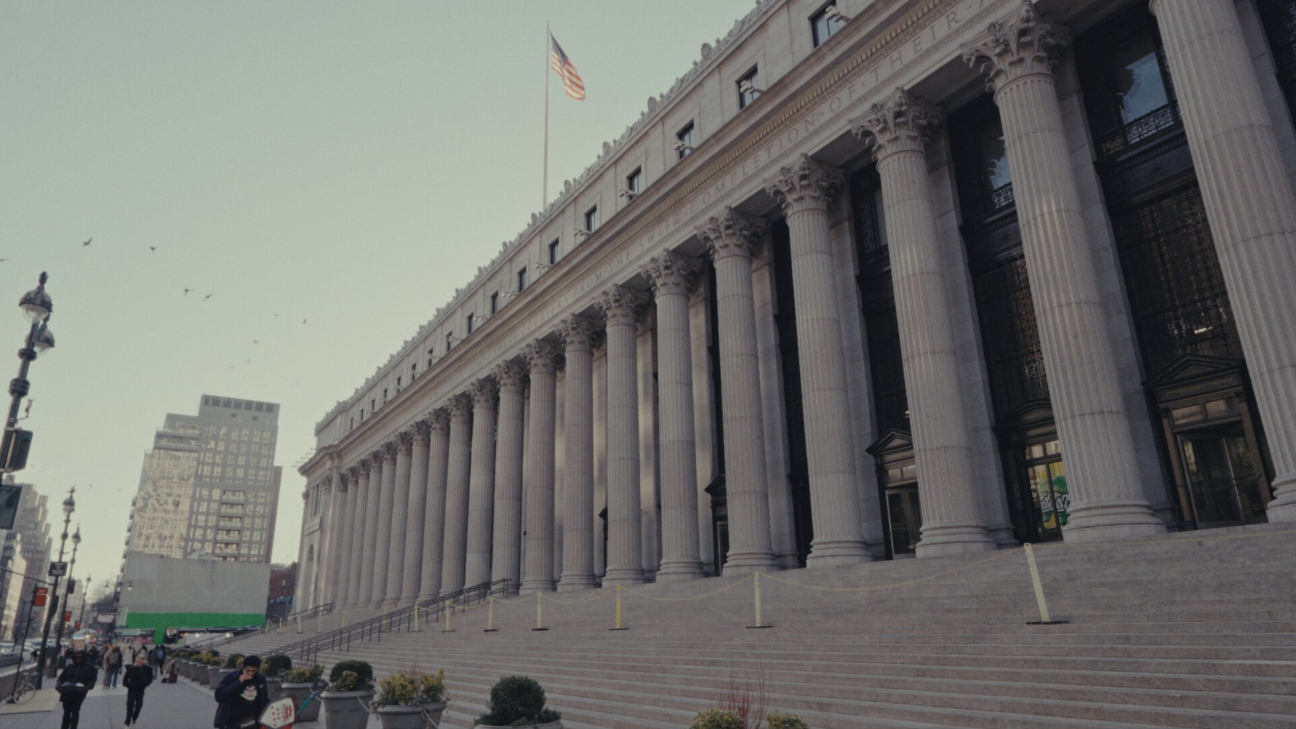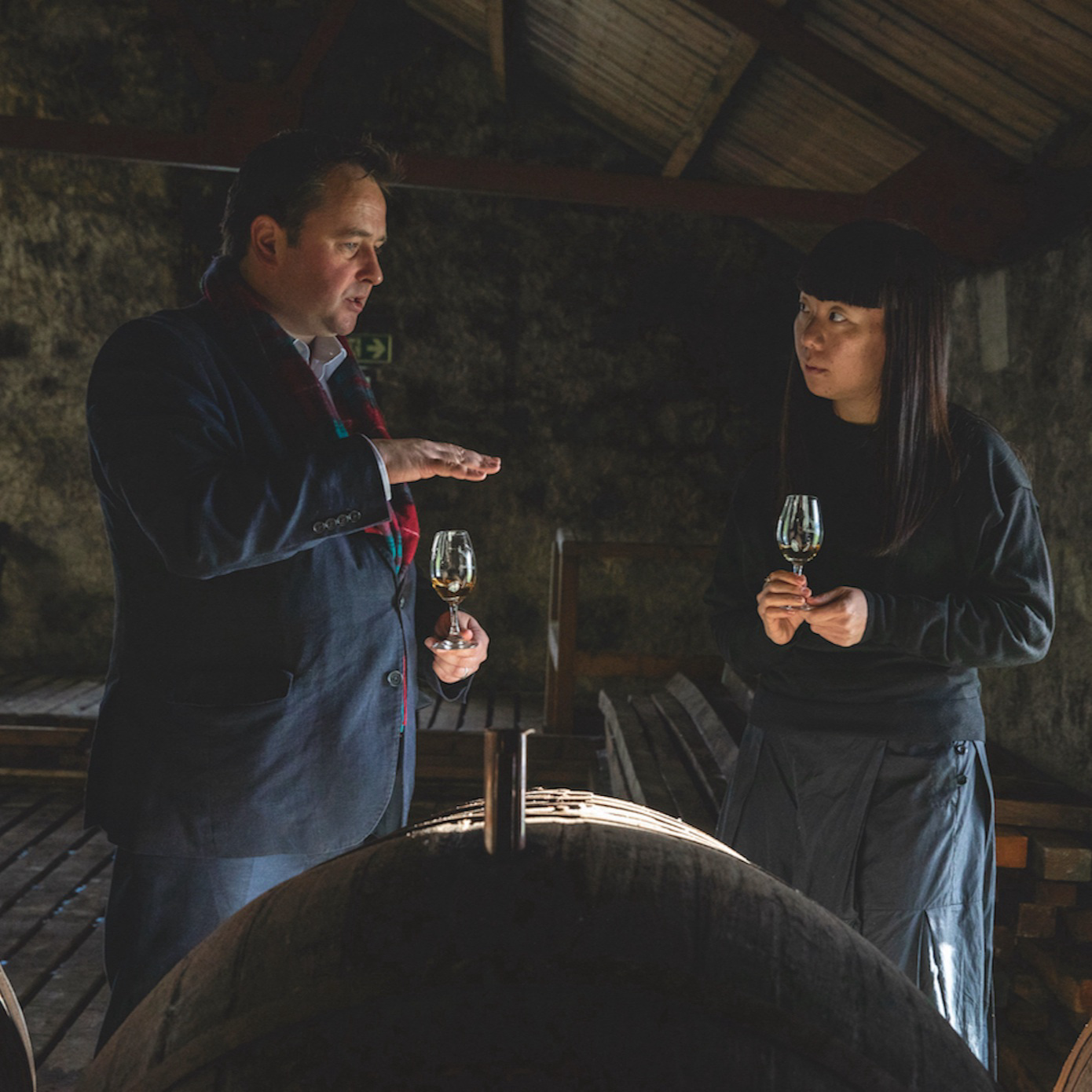
“The most sustainable building is a building that was already built,” says Stephanie Blake, CEO of Skylight. The venue development firm is in the business of urban archaeology, turning otherwise inaccessible landmarks into gathering spaces and anchor points of local communities. These metropolitan monuments—New York’s iconic Domino Sugar Refinery and the Williamsburgh Savings Bank Clock Tower among them—are transformed into event venues that act as sets for film shoots, fashion shows, and creative experiences that give access to architectural gems back to the public.
Skylight, a women-owned and -led business, was founded in 2008 and has since staged events across 32 venues with the likes of Comme des Garçons, Dior, the Whitney, HBO, Nike, Spotify, and more in San Francisco, Los Angeles, New York, and other select cities. “As humans, we have a curiosity about the past that informs the future,” Blake says of the company’s revitalized institutions. “The way that we build our venues takes that ethos into consideration and provides that magic to allow brands to do that as well.”
As a recent bout of warm weather began creeping across New York, Blake met up with CULTURED in The Refinery’s glass-enclosed upper levels overlooking the Williamsburg Bridge. There, she shared the genesis and continued vision for three of the company’s enticing East Coast spaces.
Skylight at The Refinery
The yellow, 40-foot tall Domino Sugar sign that overlooks New York’s East River is as embedded in the surrounding landscape as the rushing water and suspension bridges. The refinery on which it hung was in the sugar business for over a century before shuttering in 2004. The neon sign came down, and the building sat dormant until redevelopment plans were approved a decade later.
Domino Park, a swath of greenery surrounding the building opened in 2018, and The Refinery itself still has construction workers scaling its levels. A replica of the original yellow signage, however, has already been restored to its place of honor. “[The Refinery] represents the cultural legacy and the enduring spirit of what Williamsburg has been,” says Blake of the well-known landmark.
Skylight was brought on to operate the Penthouse, a glass dome venue on top of the steel building now housed inside of The Refinery’s 1800s facade. Set among the preserved brick exterior of the building, each of the hundreds of windows varies slightly in size, a testament to the decorative nature of its initial industrial construction.
Even before Skylight’s penthouse officially opens this summer, Hermes staged a fashion show, Prada Beauty showcased its debut collection, and Audemars Piguet hosted an after-party with collaborator Travis Scott. “When you walk off the elevator at The Refinery and into the glass dome that now exists, you look out at New York, [and] you are overcome with possibility,” says Blake. “This is truly the most iconic view in the world.”

Skylight at Essex Crossing
The Lower East Side has seen tectonic cultural shifts over the last century, but retained its standing as a gathering place for artists and creatives of all kinds. Nestled along the crowded streets are some of the city’s best restaurants and the long-standing Essex Market, first opened in 1818. Vendors of international and local cuisine line the recently renovated building on Delancey. Just adjacent is Skylight at Essex Crossing, a remodeled industrial construction.
“Skylight at Essex Crossing represents the enduring human spirit. When you walk into the vast 60-foot ceilings, and you see the combed teeth across the side, you recognize that this was once a space that was a melting pot,” says Blake. The 30,000 available square feet have already been put to use for a variety of events. Creative Time hosted their most recent gala at Essex Crossing, with dancers weaving between the tables and black balloons cascading up from the concrete floors.
Helmut Lang and LaQuan Smith have also staged runway shows in the space, and the Ukrainian Creators Fair, “i am u are,” utilized the building for a recent edition where artwork was placed on low-to-the-ground gray tables that mirrored the building’s industrial palette. “Brands can come in and experiment and do incredible things for a night or an evening,” says Blake. “A venue enables you to breathe life and have a heartbeat and create the excitement that is a catalyst for integration between tenants and residents and the consumers of today.”

Skylight at THE PENN DISTRICT and Moynihan Train Hall
“THE PENN DISTRICT represents the evolution of New York,” contends Blake. The newly redeveloped district surrounds Penn Station, the busiest rail hub in North America, which makes the area a destination for both tourists and everyday thoroughfare. Skylight operates across over a dozen interior and exterior spaces, giving the company the opportunity to activate an entire neighborhood anchored in state-of-the-art-venues, such as The Town Hall. In addition to reimagined PENN 1 and PENN 2 towers and dynamic public plazas, Skylight has also launched The Gallery space at the renovated Moynihan Train Hall, a former Skylight venue and 100-year-old post office.
The James A. Farley Post Office Building, named after the former Postmaster General, opened in 1914. From 2012-2016, Skylight made it the official home of New York Fashion Week, with models circling the structural beams. Supermodels and industry heavyweights alike sat in the audience, and John Legend and David Byrne both staged performances in the then unrenovated space. In 2021, the property was opened as Moynihan Train Hall, an extension of Penn Station running Amtrak trains and the Long Island Railway.
“The value of it progressing from a post office to a train station is this concept of it being for the people,” explains Blake. “When we moved New York Fashion Week from Lincoln Center to the century-old post office, with zero renovation at the time, so many of the designers highlighted the skylights. They highlighted the fact that there were 60-foot ceilings and these amazing catwalks … There's this opportunity to connect to not just the commuters, [but] the passersby, the locals, the tourists, and the actual New Yorkers.”
Direction and editing by Jordan Taylor Fuller
Camera by Shawn McCarney
Post-production by Haste.nyc
Editing assistance by David Castillo



